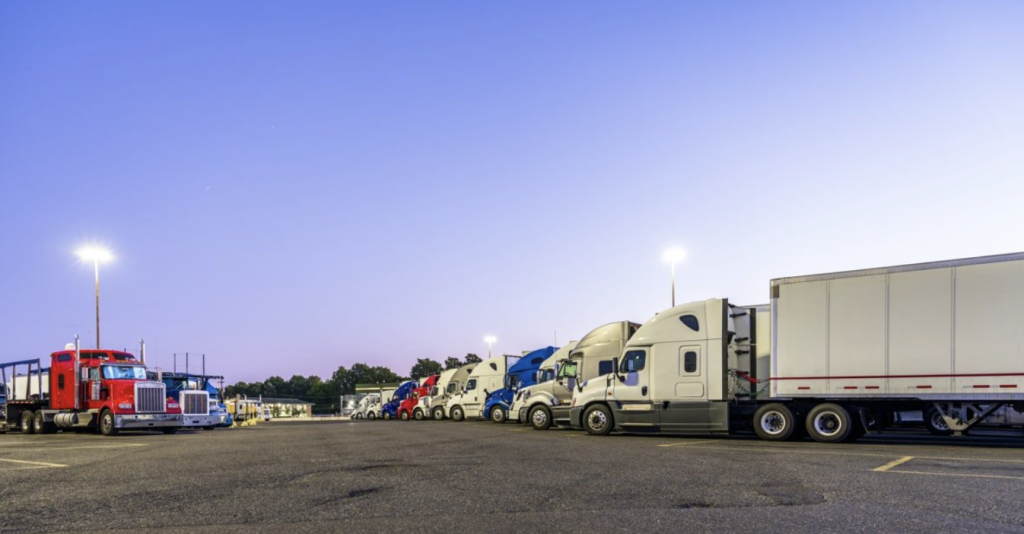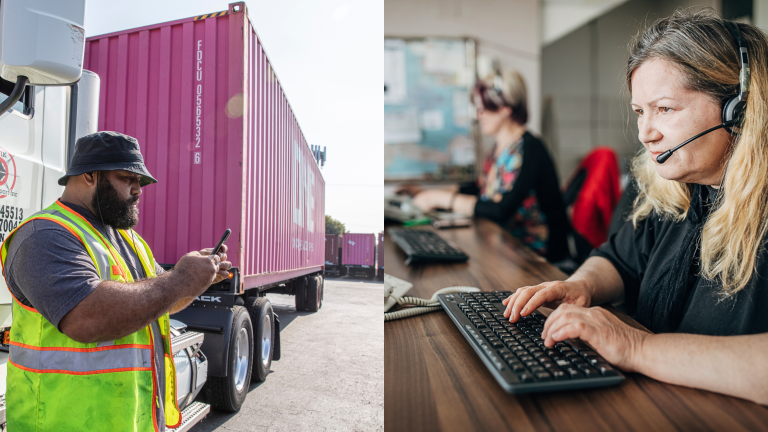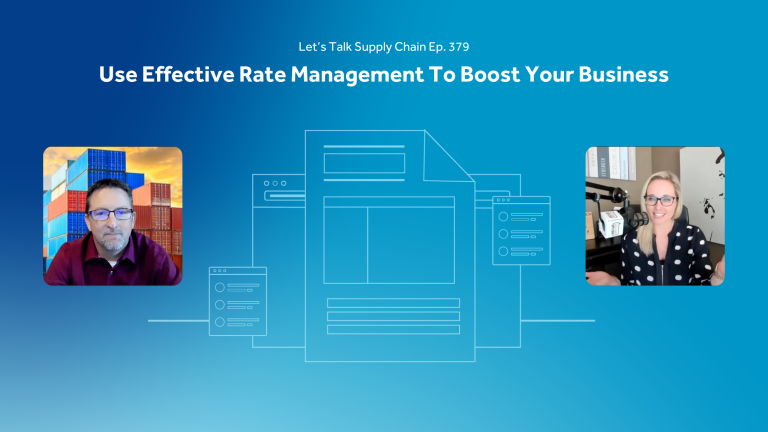Parking is a big part of your job as a big rig trucker. Finding safe parking, obeying state and federal laws, and using the best maneuvers to fit into a spot are daily challenges you might encounter. Avoiding vehicle damage and dangerous situations while parking takes knowing where to stop and planning ahead. Follow these tips to improve how you park.
Plan Ahead and Park Early
Planning where to stop in advance will improve your odds of securing a safe and simple spot. Avoid the most highly congested regions and high-crime areas when parking overnight. Use tools such as the TruckerPath app to preplan where to go. The app can give you a map of truck stops or regions that are safe to park, as well as an idea of how busy they are at certain times of day. Planning ahead can also help you stop for the night early – a tip that can allow you to avoid the heaviest traffic congestion. You may even be able to reserve a spot at some truck stops ahead of time.
Choose a Well-Lit Location
Parking for the night at a dark truck stop or area can increase your risk of truck vandalism, stolen cargo, or criminal attacks. These are significant issues in the trucking industry that could cost you a great deal of money and stress. Choose well-lit locations with working streetlamps or parking lot lights. Rest areas with security cameras or guards can add extra protection. Finding an active parking lot in which to stop can help you avoid becoming a target. If you are new to a route, ask your dispatcher the best safe areas in which to park.
Park Smart
When it comes to the actual parking, keep in mind that commercial trucks take four times the amount of space to park as a motor vehicle. Find a designated big rig parking spot, if possible. Choose one where your neighboring truck is straight, rather than parked at an angle or over the line. Try backing into the spot so you can pull out moving forward, rather than having to back out of the spot later. Don’t park at the entrance of the truck stop or at the end of the row. These spots are closest to traffic and have the highest risk of accidents. Write down the name and DOT number of neighboring trucks in case one swipes your rig when leaving.
Use Your Tools
If you have to park on the side of the road, do so with caution. Get as far off the road as possible. Take the time to use your hazards, including flashing lights, safety triangles, and flares. The more visible you make your rig to other vehicles, the less likely an accident. Do not park facing oncoming traffic, and do not park in a way that blocks others’ view of the road.
Sleep in Safety
If you’re parking to sleep for the night, maximize your personal safety by sealing your cab. Close all windows and lock all doors. Put up window screens so people can’t peak inside. Keep your valuables and expensive electronics out of sight. Make sure you lock your cargo bed securely. Install a dash cam for added peace of mind while you sleep. That way if something happens you will have a video record of the culprit.
Editor’s note: This blog was originally written for the GTG Technology Group, Follow These 5 Tips to Improve Your Truck Parking.




